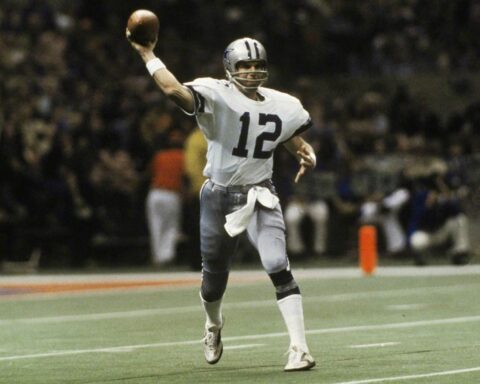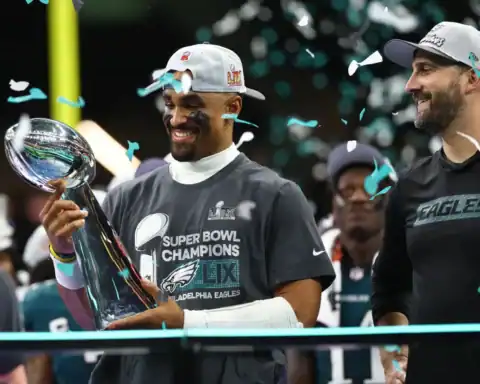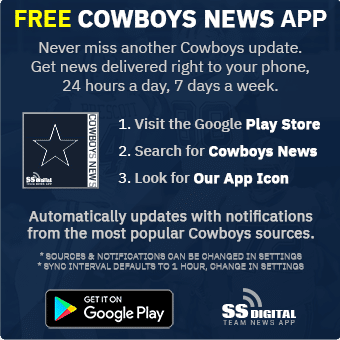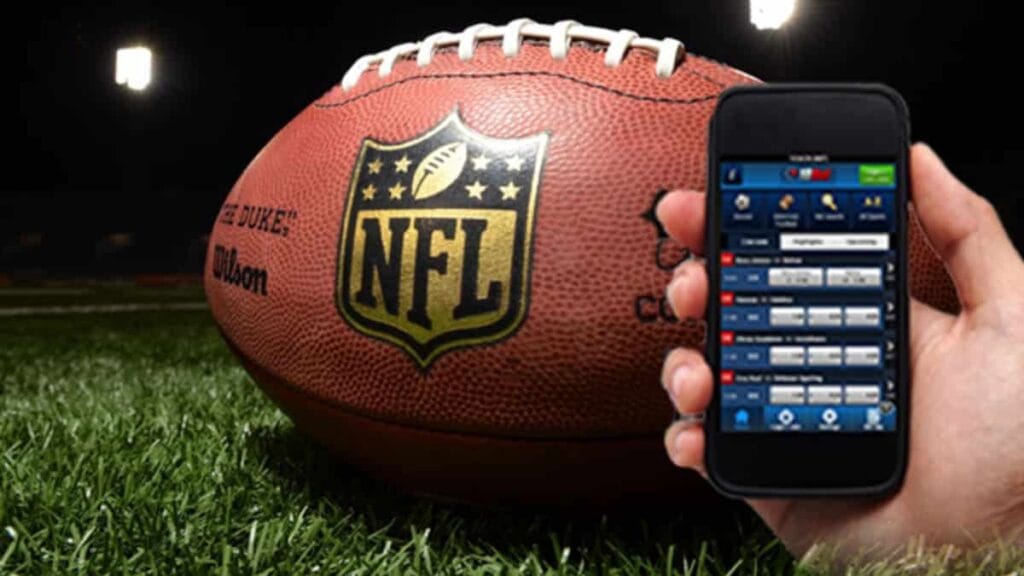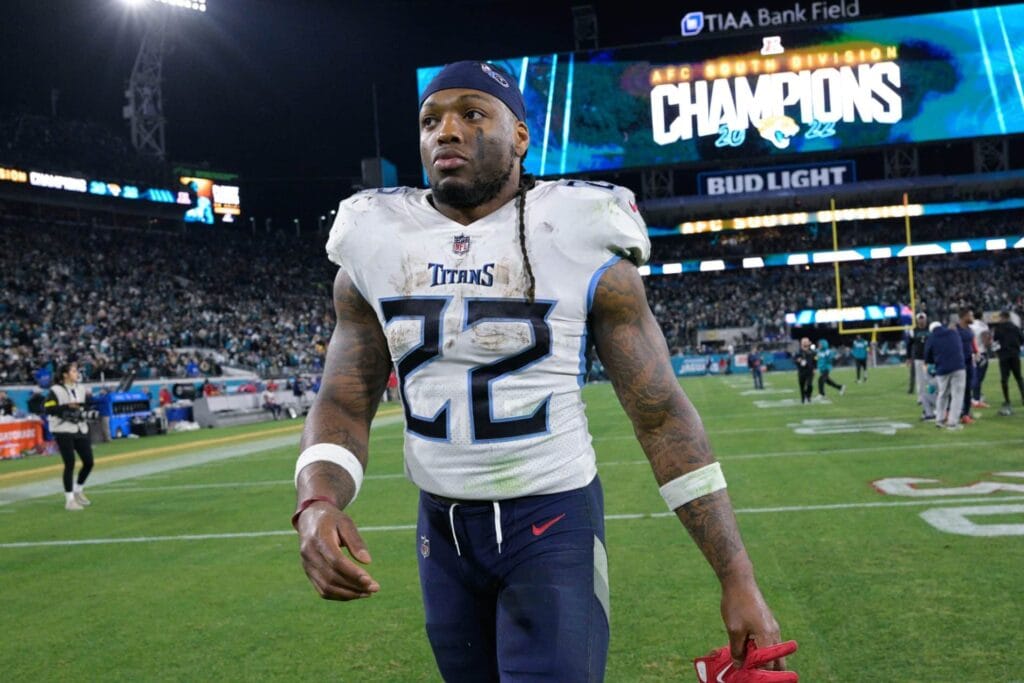By the time five rounds of the NFL Draft are in the books, teams are looking for diamonds in the rough. The Cowboys have managed to do so as well as any other team.
In the sixth round they’ve selected four players of note. In 1962 they selected defensive end George Andrie and 11 years later, 10 as a starter, he departed with one Super Bowl win under his belt.
In 1968 they took linebacker D.D. Lewis, who rewarded them with a 13-season career and helped lead the team to five Super Bowl appearances. In 1970, they selected Pat Toomay and got five good seasons out of his work on the defensive line.
In 1980 the pick was Timmy Newsome, who spent nine seasons as a running back and four of those as a starting fullback. Eugene “The Hitting Machine” Lockhart was selected in the round in 1984 and gave Dallas seven solid seasons at linebacker.
In 2011 they selected Dwayne Harris at wide receiver. Harris made more of an impact as a kick returner than a wide receiver, but still gave Dallas four good seasons.
The Seventh Round
In present years, the seventh round is the final round of the draft. Teams are really scraping the bottom of their draft board barrels at this point.
But in the 1960s, with the AFL still a separate league and drafting the same players as the NFL, there was value to be found. And the Cowboys found it in that decade.
In 1964 they drafted Bob Hayes, who made defenses change the way they defended the pass, in the seventh round. In 1967 they selected offensive tackle Rayfield Wright. Both men are in the Hall of Fame.
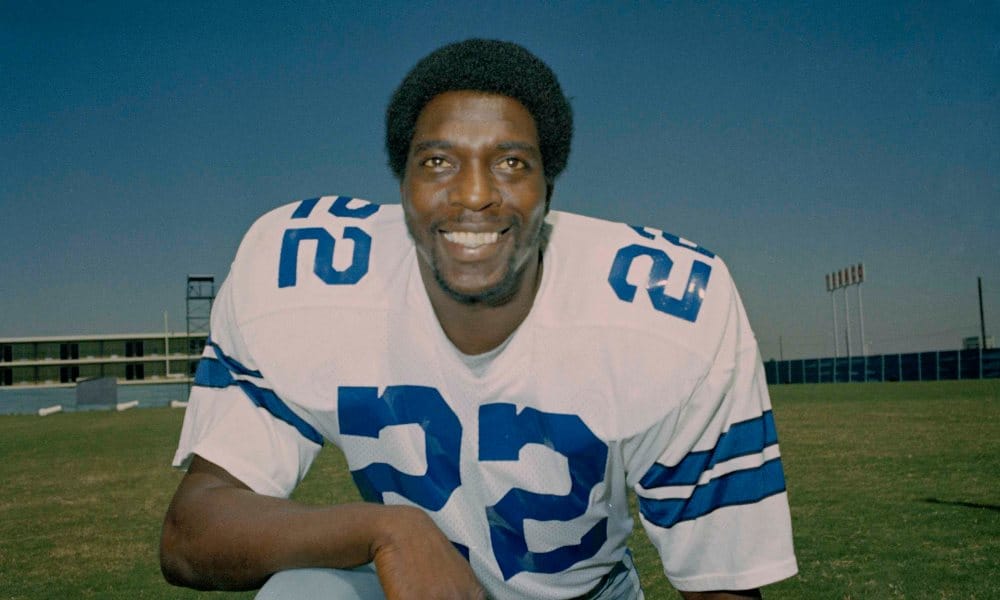
Even after the merger, the Cowboys still found contributors in the round. Mike Hegman (1975) and Ron Fellows (1981) had solid careers in Dallas. But 1991 might have produced the team’s best post-merger pick in the round.
Leon Lett certainly had a storied career in Dallas. Despite his two less desirable highlights – the fumble in the Super Bowl and the blocked field goal in the snow against Miami – Lett was a key piece in the 1990s dynasty run.
To the eighth round and beyond
At one time in the 1940s, the NFL Draft lasted 32 rounds. By the time the Cowboys arrived to an NFL draft in 1961 it was down to 20. Over time it decreased to 17, then to 12. In 1993 it was reduced to eight rounds and the next year to seven rounds where it has remained ever since.
During the 1960s Dallas made three picks in those later rounds that played a huge role in its two championships in five Super Bowl Appearances. In 1964 they took a chance on a player who would not be able to play for five years.
Roger Staubach was the best player in college football, hands down. But he played quarterback for the Naval Academy. Which meant he had a five-year tour in the Navy to serve and no waivers existed back then.

But in the 10th round the Cowboys used the 129th pick of the draft on him. The rest is history.
The next year they selected defensive tackle Jethro Pugh in the 11th round. In the 16th round they picked defensive end Larry Cole.
Post NFL-AFL Merger Drafts
Even after the merger the Cowboys still found quality late in the draft. As the draft is constituted now, even with compensatory picks, less than 300 players will be drafted.
But in 1972, in the 13th round and with the 338th overall pick, the Cowboys took tight end Jean Fugett. In 1975 they selected guard Herb Scott in the 13th round (330) and running back Scott Laidlaw in the 14th round (356).
In 1977 they selected quarterback Steve DeBerg in the 10th round (275). He would not play a down with Dallas, but he went on to have a solid NFL career. Given how the Cowboys struggled at the position after Staubach retired, maybe they should have kept him?
In 1978 the Cowboys drafted Dennis Thurman in the 11th round (306). In 1979 they found linebacker Bruce Thornton in the eighth round (219). In 1984 they took a flyer, one that did not pay off like the Walker gamble did.
The Cowboys selected Carl Lewis in the 12th round (334). While he went on to become a four-time gold medalist at that summer’s Olympic Games, he did not turn out to be the second coming of Bob Hayes.
The 1990s dynasty team found three key pieces to its title run in these later rounds. Kevin Gogan (1987 – 8th – 206), Chad Hennings (1988 – 11th – 290), and eventual Super Bowl MVP Larry Brown (1991 – 12th – 320) were all found late in the draft.


